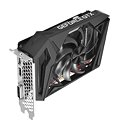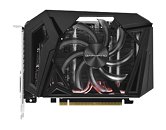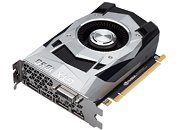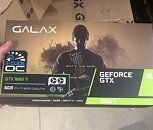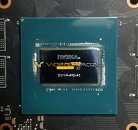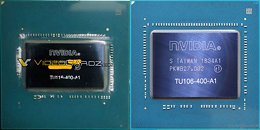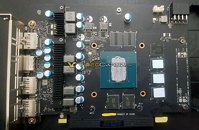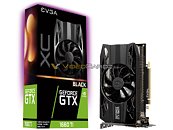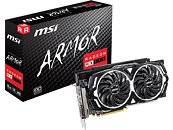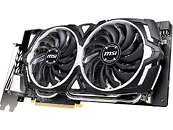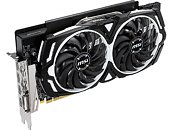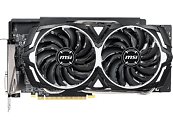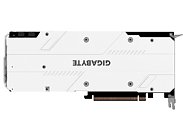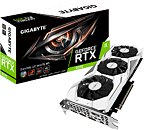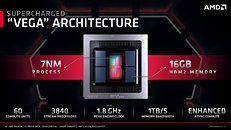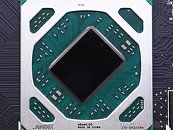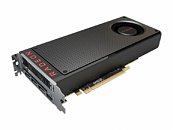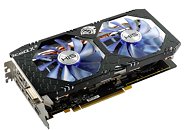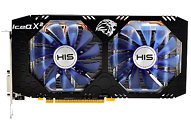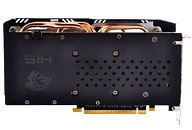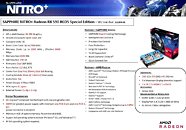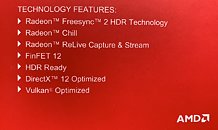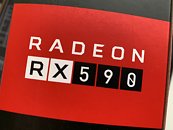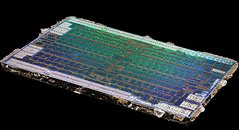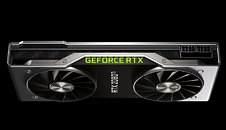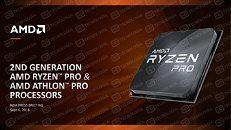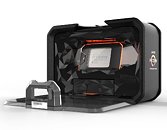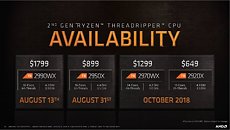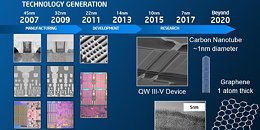
NVIDIA Unveils the GeForce GTX 1660 Ti 6GB Graphics Card
NVIDIA today unveiled the GeForce GTX 1660 Ti graphics card, which is part of its new GeForce GTX 16-series product lineup based on the "Turing" architecture. These cards feature CUDA cores from the "Turing" generation, but lack RTX real-time raytracing features due to a physical lack of RT cores, and additionally lack tensor cores, losing out on DLSS. What you get instead with the GTX 1660 Ti is a upper-mainstream product that could play most eSports titles at resolutions of up to 1440p, and AAA titles at 1080p with details maxed out.
The GTX 1660 Ti is based on the new 12 nm "TU116" silicon, and packs 1,536 "Turing" CUDA cores, 96 TMUs, 48 ROPs, and a 192-bit wide memory interface holding 6 GB of GDDR6 memory. The memory is clocked at 12 Gbps, yielding 288 GB/s of memory bandwidth. The launch is exclusively partner-driven, and NVIDIA doesn't have a Founders Edition product based on this chip. You will find custom-design cards priced anywhere between USD $279 to $340.
We thoroughly reviewed four GTX 1660 Ti variants today: MSI GTX 1660 Ti Gaming X, EVGA GTX 1660 Ti XC Black, Zotac GTX 1660 Ti, MSI GTX 1660 Ti Ventus XS.
The GTX 1660 Ti is based on the new 12 nm "TU116" silicon, and packs 1,536 "Turing" CUDA cores, 96 TMUs, 48 ROPs, and a 192-bit wide memory interface holding 6 GB of GDDR6 memory. The memory is clocked at 12 Gbps, yielding 288 GB/s of memory bandwidth. The launch is exclusively partner-driven, and NVIDIA doesn't have a Founders Edition product based on this chip. You will find custom-design cards priced anywhere between USD $279 to $340.
We thoroughly reviewed four GTX 1660 Ti variants today: MSI GTX 1660 Ti Gaming X, EVGA GTX 1660 Ti XC Black, Zotac GTX 1660 Ti, MSI GTX 1660 Ti Ventus XS.

